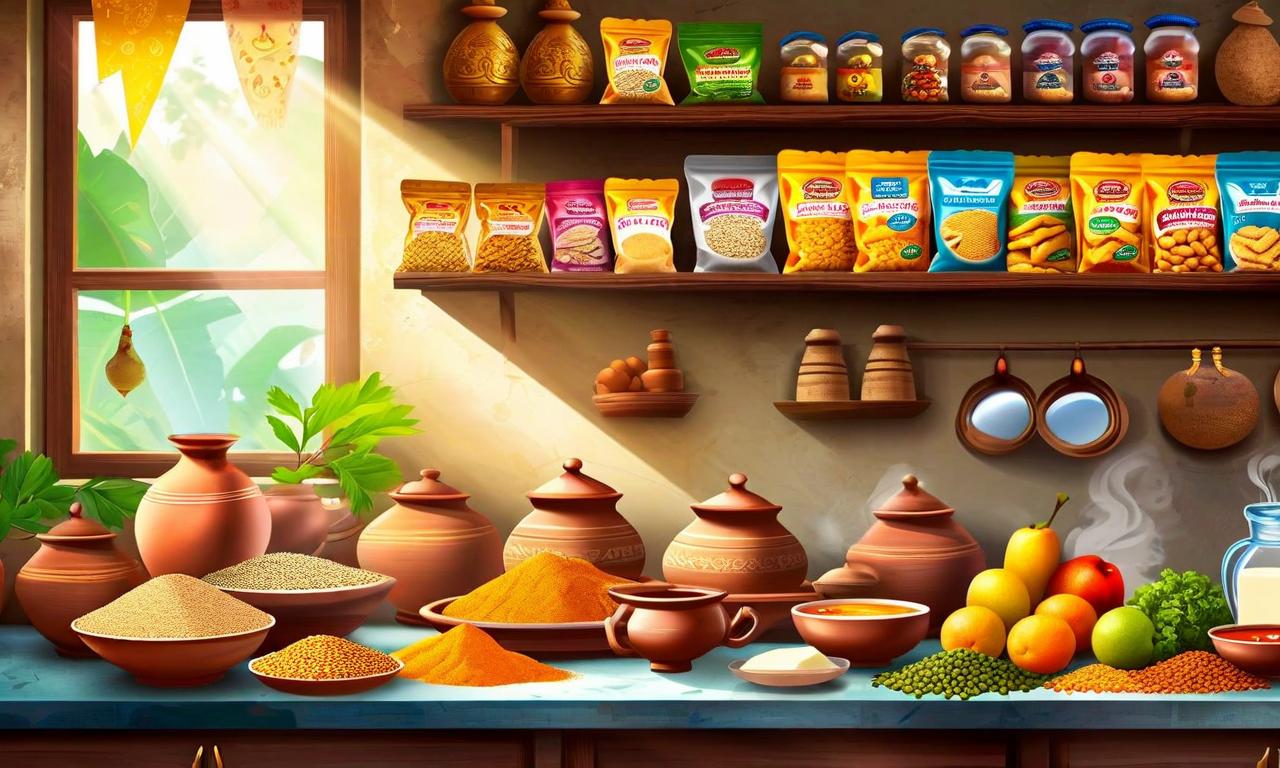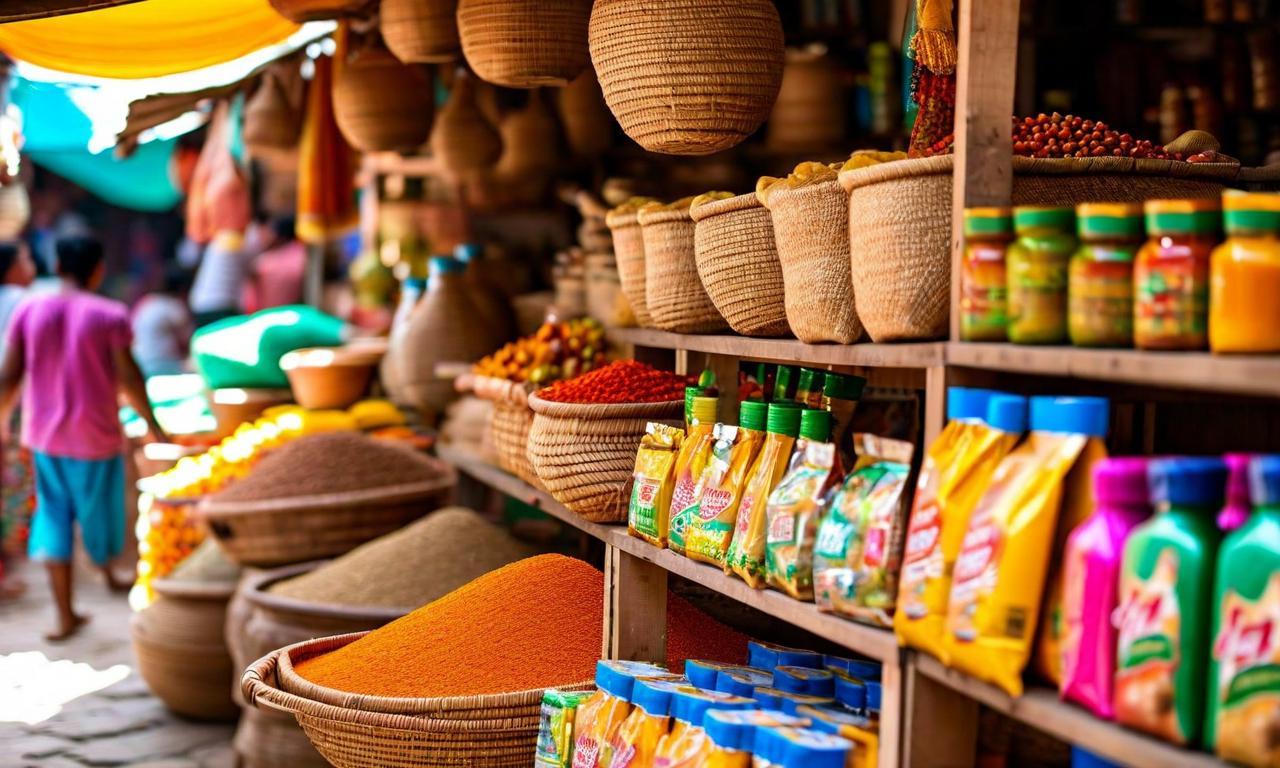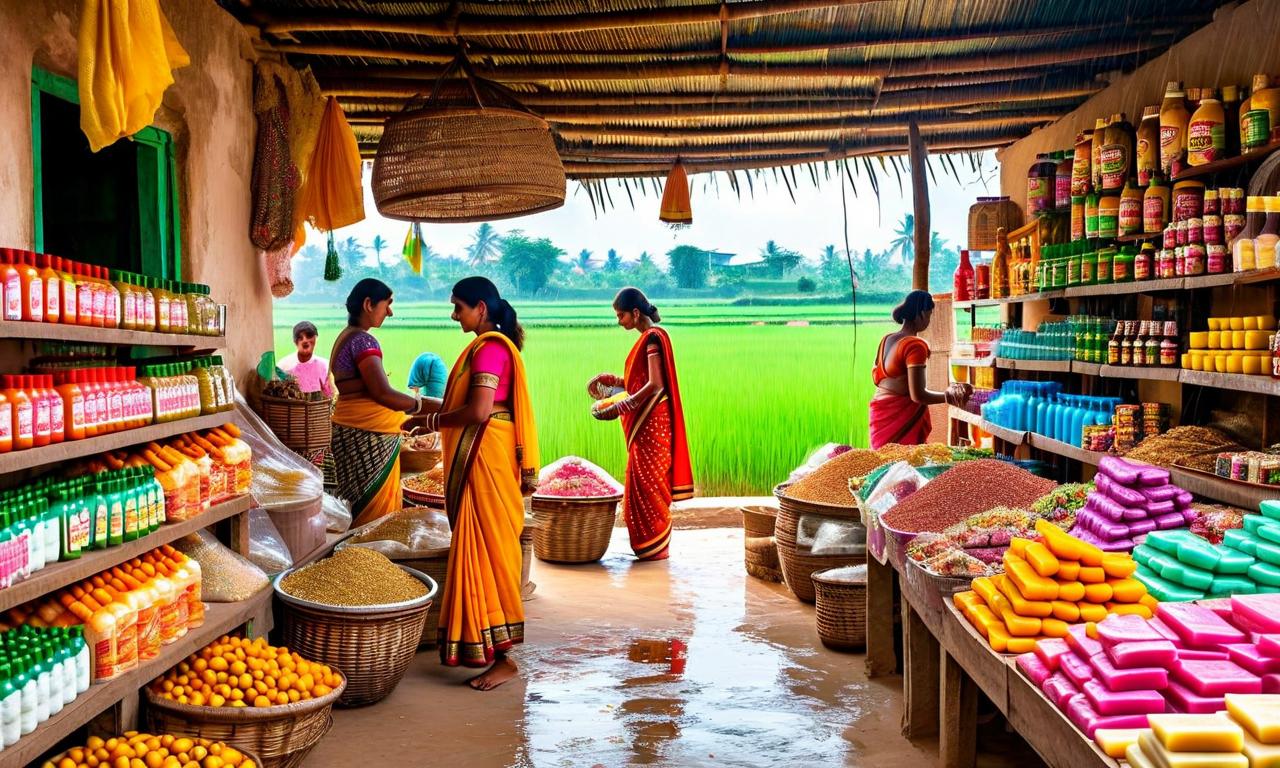Parle Maintains FMCG Leadership in India, Britannia Tops Out-of-Home Segment
Parle remains India's most preferred FMCG brand for in-home consumption for the 13th consecutive year, according to the Brand Footprint India 2025 report. Parle achieved a Consumer Reach Point (CRP) score of 8,605 million. Britannia secured the second position for in-home consumption and led the out-of-home segment. The overall FMCG brand CRP grew by 4.3% to 120 billion in 2024, showing a slowdown from the previous year's 7% growth. The dairy sector showed resilience with growth increasing from 5% to 6%.

*this image is generated using AI for illustrative purposes only.
India's fast-moving consumer goods (FMCG) sector has seen a shift in growth dynamics, with Parle retaining its crown as the most preferred brand for in-home consumption, according to the latest Brand Footprint India 2025 report by Worldpanel.
Parle's Continued Dominance
Parle has maintained its position as India's most-favoured FMCG brand for in-home consumption for an impressive 13th consecutive year. The brand achieved a Consumer Reach Point (CRP) score of 8,605 million, solidifying its stronghold in Indian households.
Britannia's Strong Performance
Britannia secured the second position in the in-home consumption category with 8,241 million CRPs. However, the company outshone its competitors in the out-of-home consumption segment, leading with 655 million CRPs.
Top 5 In-Home FMCG Brands
The report highlighted the top five in-home FMCG brands in India:
| Rank | Brand | CRPs (in millions) |
|---|---|---|
| 1 | Parle | 8,605 |
| 2 | Britannia | 8,241 |
| 3 | Amul | 6,517 |
| 4 | Clinic Plus | 3,977 |
| 5 | Surf Excel | 3,438 |
Notably, Surf Excel made its entry into the top five with an impressive 24% CRP growth.
FMCG Sector Growth Slowdown
The overall FMCG brand CRP grew by 4.3% to reach 120 billion in 2024. However, this growth rate represents a slowdown compared to the 7% growth observed in the previous year. The deceleration was primarily led by the foods and beverages categories.
Dairy Sector Shows Resilience
While most categories experienced a slowdown, the dairy sector demonstrated modest improvement, with growth increasing from 5% to 6%.
Comprehensive Market Analysis
The Brand Footprint India 2025 report provided a thorough analysis of the FMCG market, examining 447 brands across various categories including food, homecare, health & beauty, beverages, and dairy.
This comprehensive study offers valuable insights into consumer preferences and market trends in India's dynamic FMCG sector, highlighting the continued dominance of established brands and the evolving landscape of consumer choices both in-home and out-of-home.

































